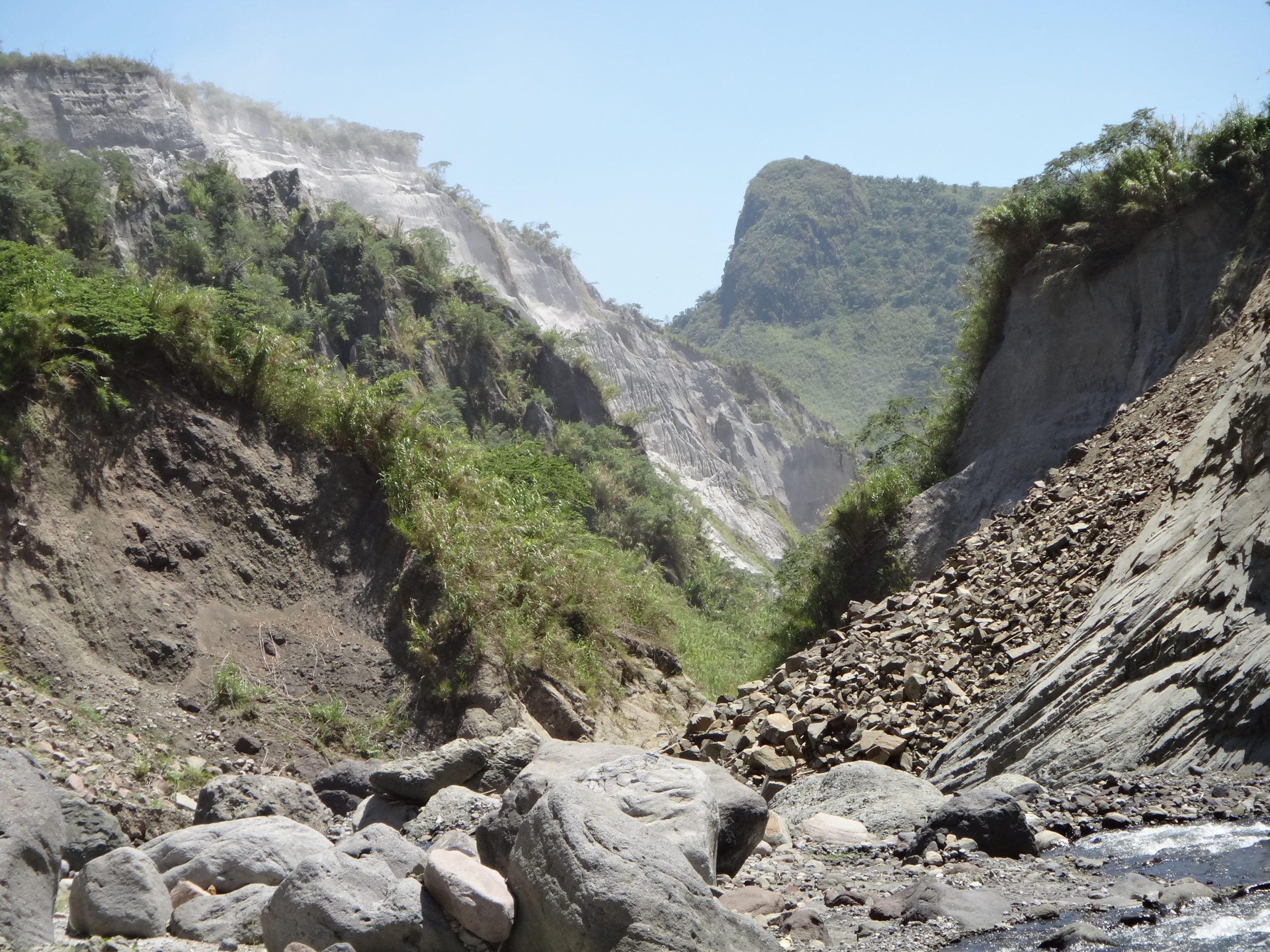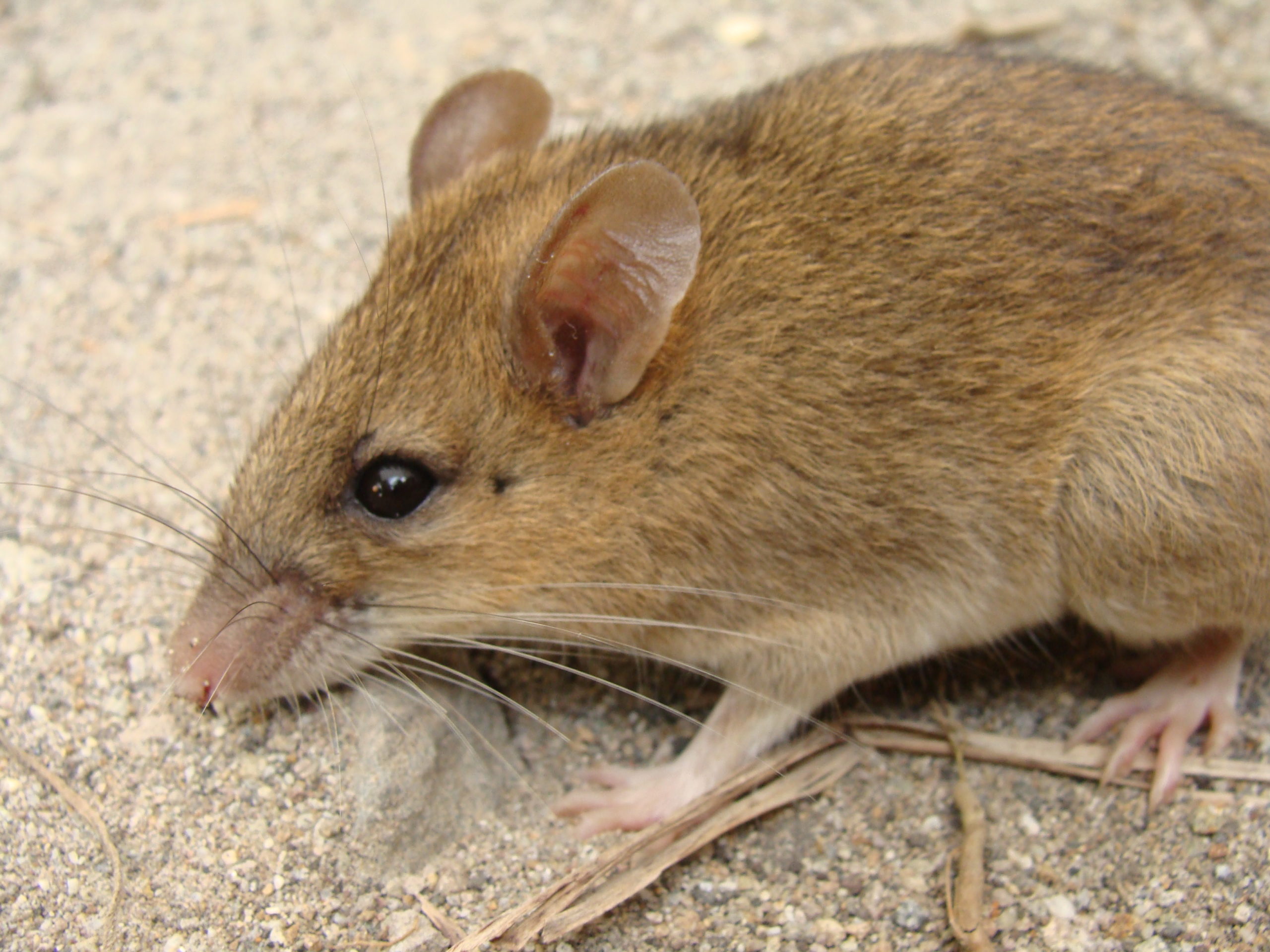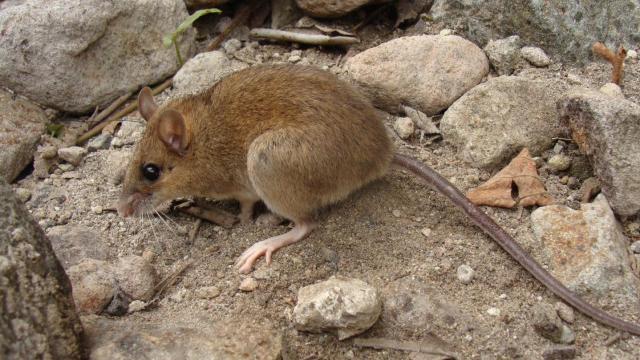When a colossal plume of ash and lava exploded from Mount Pinatubo in the Philippines in 1991, few people probably had their minds on the animal life in the area, much less one species of rodent. The Pinatubo mouse was feared extinct after the eruption, but 30 years later, it turns out that the scrappy critters are actually thriving.

A new study, published recently in the Philippine Journal of Science, describes the how the rodent has fully reclaimed the lava-scorched landscape. Tawny, worm-tailed, and about the size of a chipmunk, the mountain-climbing mouse (scientifically known as Apomys sacobianus) was first described by Western scientists in 1956, when one specimen was caught by D.H. Johnson near the Sacobia River. That animal — the species’ holotype — was brought to the Smithsonian Institution in Washington, D.C., but no other mice were documented. About 10 years ago, though, investigations by Danny Balete, a researcher at Chicago’s Field Museum, in conjunction with the local Aeta people, turned up plenty of mice in the unstable escarpments of the post-eruption landscape.
The research team was cataloguing local species, to see which, if any, had returned to the area since the blast. They found eight different bat species, and locals reported finding pigs and deer. Among the seven rodent species chronicled on the mountain, the Pinatubo volcano mouse was by far the most abundant, making up more than 60% of the rodents trapped.
“The fact that Danny found that this localised mouse was overwhelmingly the most common species was completely unexpected,” Eric Rickart, a mammalogist at the Natural History Museum of Utah and lead author of the recent paper, said in a phone call. The discovery “led us to realise that what we were dealing with was an animal that had… managed to hang on, survive, and thrive in this early second-growth habitat.”

Pinatubo’s eruption was one of the largest in recent history, with a 45 km-high ash cloud and pyroclastic flows that pushed hundreds of feet of volcanic material into the valleys below, destroying homes and killing hundreds of people (though tens of thousands of people had already evacuated, thanks to some impressive scientific work that predicted the blast). The eruption laid waste to the area, and it might have seemed impossible that a tiny mouse population could have survived.
On the contrary, it appears the mice took the disaster in stride. Balete found more of the species following Pinatubo’s eruption than had ever been found before it. It’s possible, Rickart said, that the mice prefer the ruined-but-regrowing landscape around the mountain to the dense, old-growth forest that preceded the eruption, and which will grow back in future centuries, if given the chance. The team’s survey, for which most of the fieldwork was done in 2012, also noted the return of 16 species besides the mouse, including large mammals like wild pig and deer, suggesting that the biodiversity of the montane forest is on its way back to its former vigour. Among the detected species, the once-rare Pinatubo volcano mouse is the most abundant.

“After the eruption of Pinatubo, we looked for this mouse on other peaks in the Zambales Mountains but failed to find it,” said study co-author Lawrence Heaney in a Field Museum press release, “suggesting a very limited geographic distribution for the species.” While it may not stray too far, the mouse evidently makes good use of the space that it has.
Rickart said the mouse could be something of a “disturbance specialist,” capitalising on the natural hazards that imperil other species.
“We’re hoping that this is a real bright moment,” Rickart said, “not only discovering that there are species of native mammals that can withstand this kind of magnitude of disturbance, but also telling us something about their resilience, and being able to become reestablished if given an opportunity.”
